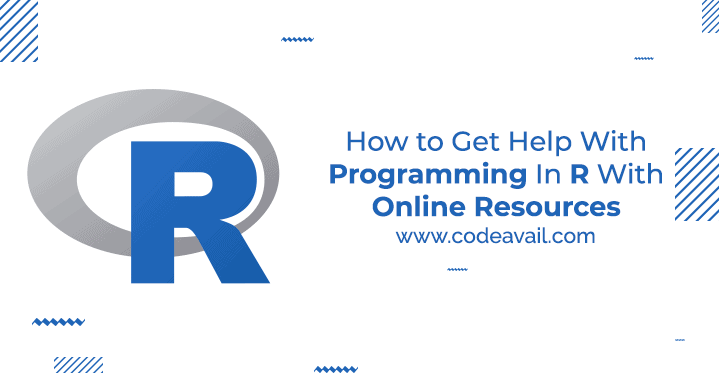As a business owner, your site is your digital storefront. It’s where potential customers come to learn more about your products or services, and ultimately, decide whether to make a purchase. But what if a website isn’t converting visitors into customers as effectively as it could be? In this article, we’ll discuss strategies to help you increase conversion rates on your company’s page.
6 Effective Strategies for Improving or Boosting Website Conversion
Table of Contents
Analyze traffic
By using tools like Google Analytics, you are able to gain insights into how visitors are interacting with the page. This information helps you identify areas of the page that are not performing well and make data-driven decisions for improving them. For example, you may find that visitors are leaving your site on a particular page or at a specific point in the sales funnel. By identifying these areas, you are able to focus on making improvements. It should increase engagement. Besides, it encourages visitors to stay on the page longer. With the right data, you are able to make informed decisions, optimize websites, and increase conversion rates.
Email subscription forms
Email subscription forms can be a valuable tool for increasing conversion rates by allowing you to stay in touch with visitors and potential customers. By collecting email addresses through subscription forms, building a list of interested prospects, and communicating with them through email marketing campaigns. For using email subscription forms effectively, it’s important to place them prominently on the page, such as in the header or footer, or on specific pages that are likely to attract visitors. Additionally, offering an incentive such as a discount or free resource can encourage visitors to subscribe.
Simplify page design
A cluttered site can be overwhelming for visitors, making it difficult for them to find the information they need. By simplifying the design, you are able to make it more intuitive. This involves removing unnecessary elements, using whitespace effectively, and guaranteeing that your calls to action are clear and prominent. Make it easy for visitors to navigate the site and find what they’re looking for. It is achieved by organizing your content logically, using a clear menu structure, and providing that your search function is easy to use.
Optimize the page for mobile devices
It’s essential that the site is responsive and looks great on all devices, including smartphones and tablets. A responsive website adjusts to the size of the screen it’s being viewed on, making sure that the content is displayed in an easy-to-read format. This means that visitors can view the website on any device without having to zoom in or scroll horizontally. By optimizing for mobile, you provide a seamless user experience for visitors, regardless of the device they’re using.
Improve speed
Visitors expect websites to load quickly. A slow site can be frustrating and cause them to abandon their purchase journey.To optimize speed, there are several steps you can take. Firstly, compressing images can significantly reduce page load times without sacrificing image quality. Large images can slow down pages, so optimizing them for the web can help improve the website’s speed. Secondly, using a content delivery network (CDN) can help distribute your content across multiple servers worldwide, reducing the distance between your website’s server and the visitor’s browser. This can help reduce latency and improve page load times.
Use social proof
Social proof is a psychological phenomenon where people rely on the opinions and actions of others to make decisions. In the context of sites, social proof can be used to increase conversion rates by displaying customer reviews and testimonials. Positive reviews can build trust with visitors. They show that products or services are worth buying. To use social proof effectively, it’s essential to display positive reviews prominently on the page. Feature them on your homepage, product pages, or checkout pages. Additionally, including star ratings and other visual elements can make reviews more eye-catching for visitors.

Conclusion: Boosting Website Conversion
In conclusion, increasing conversion rates on your website require a combination of strategies. Analyzing a website’s traffic, simplifying its design, optimizing for mobile devices, improving its speed, using social proof, and using email subscription forms can all contribute to improving conversion rates.
By understanding how visitors interact with the page, simplifying its design, and making it easy to navigate, you can create a user-friendly experience that encourages visitors to engage with your brand. Optimizing a page for mobile devices and improving its speed can further improve the user experience and reduce the likelihood of visitors leaving before making a purchase.
Also Read: 70+ Web Development Project Ideas For Beginners In 2023


